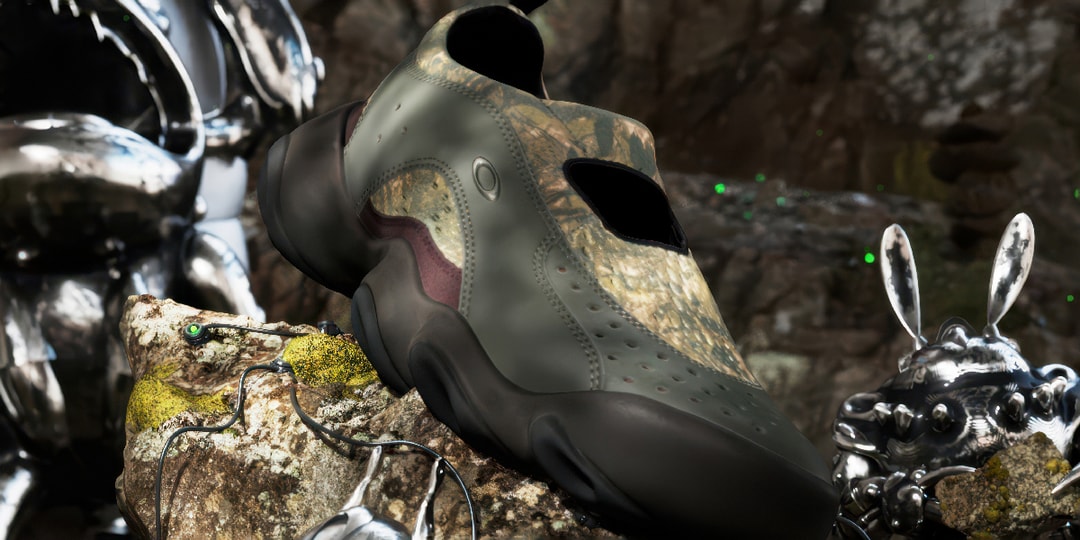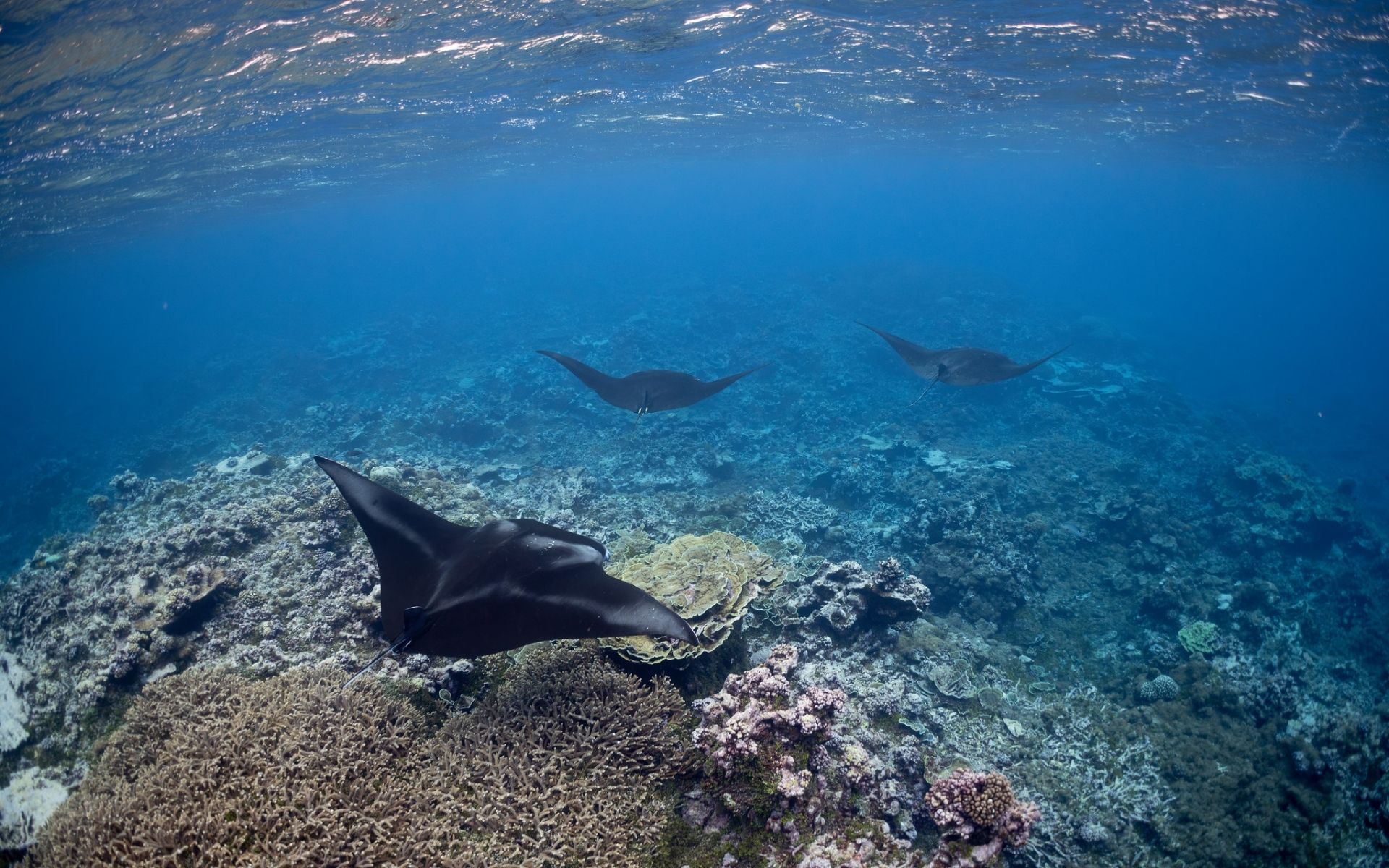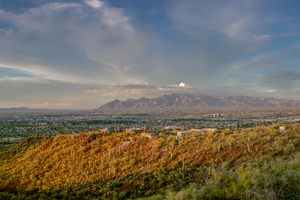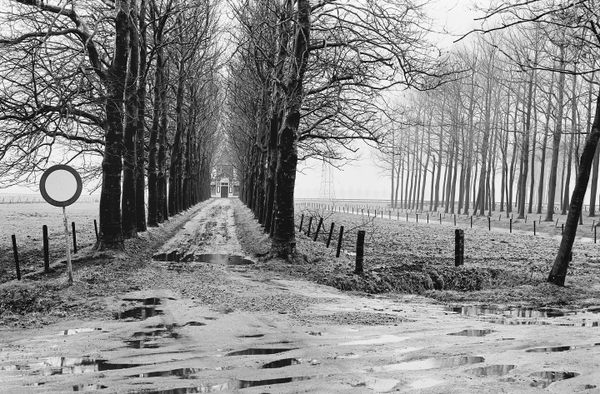Pima Air & Space Museum in Tucson, Arizona
The Pima Air & Space Museum’s history has been one of constant growth. The museum’s origins trace back to the 1960s, when the nearby Davis-Monthan Air Force Base began to set aside historic aircraft used during World War II to prevent them from being recycled for scrap. These decommissioned planes were positioned so that people could see them through the base’s fence, but became so popular that plans were made to display them up close in a public museum. The base’s collection of planes was bolstered by acquisitions from as far afield as India, which donated a rare Consolidated B-24 Liberator bomber in 1969. The museum opened to the public in 1976, and since then, it’s expanded dramatically. The number of aircraft on display has grown from an initial 48 to nearly 400, spread out over 80 acres of land. “Space” was added to the museum’s name in 1992 to reflect a growing focus on space travel in addition to aviation. The museum now houses a Space Gallery with a lunar rock sample and a replica of the Apollo Capsule. It is also home to NASA’s (now-retired) Stratospheric Observatory for Infrared Astronomy (SOFIA) aircraft, which was used to observe celestial phenomena at high altitudes. NASA’s now-retired Other collection highlights include the Arizona Aviation Hall of Fame, which celebrates Arizonans who have made significant contributions to the field, and the oldest-surviving McDonnell-Douglas DC-10, a now-retired model of passenger plane that first flew in 1970.


The Pima Air & Space Museum’s history has been one of constant growth. The museum’s origins trace back to the 1960s, when the nearby Davis-Monthan Air Force Base began to set aside historic aircraft used during World War II to prevent them from being recycled for scrap. These decommissioned planes were positioned so that people could see them through the base’s fence, but became so popular that plans were made to display them up close in a public museum. The base’s collection of planes was bolstered by acquisitions from as far afield as India, which donated a rare Consolidated B-24 Liberator bomber in 1969.
The museum opened to the public in 1976, and since then, it’s expanded dramatically. The number of aircraft on display has grown from an initial 48 to nearly 400, spread out over 80 acres of land. “Space” was added to the museum’s name in 1992 to reflect a growing focus on space travel in addition to aviation. The museum now houses a Space Gallery with a lunar rock sample and a replica of the Apollo Capsule. It is also home to NASA’s (now-retired) Stratospheric Observatory for Infrared Astronomy (SOFIA) aircraft, which was used to observe celestial phenomena at high altitudes.
NASA’s now-retired Other collection highlights include the Arizona Aviation Hall of Fame, which celebrates Arizonans who have made significant contributions to the field, and the oldest-surviving McDonnell-Douglas DC-10, a now-retired model of passenger plane that first flew in 1970.






























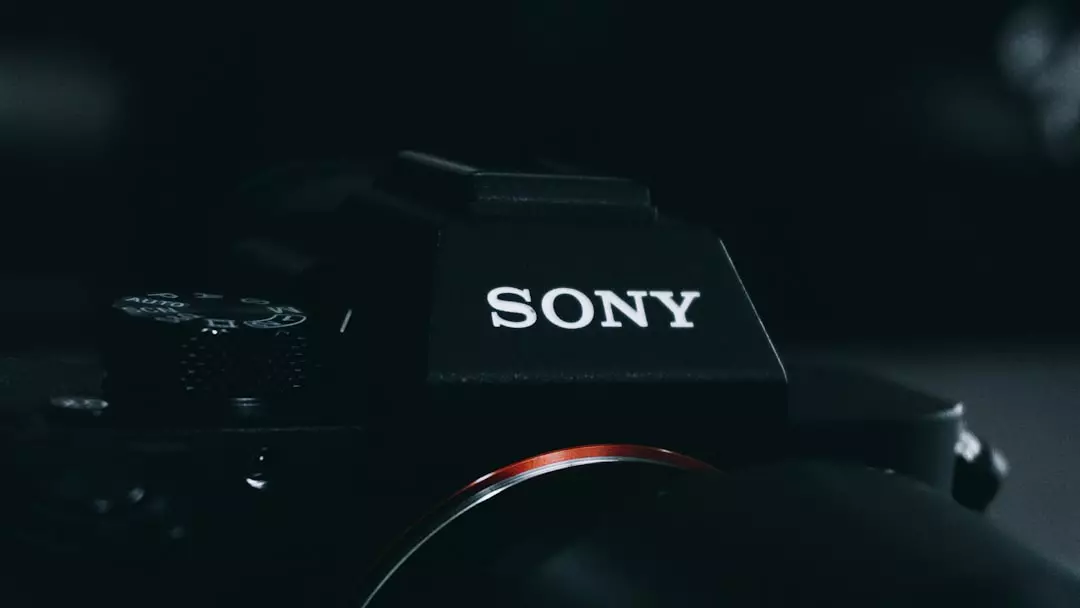




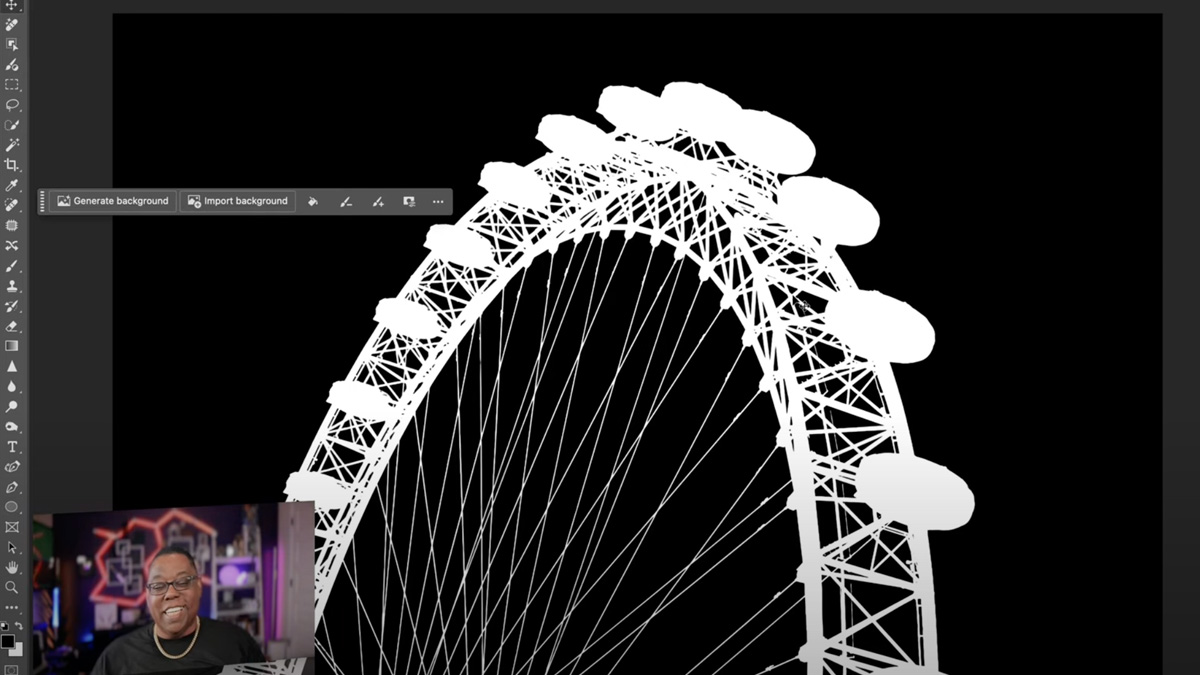

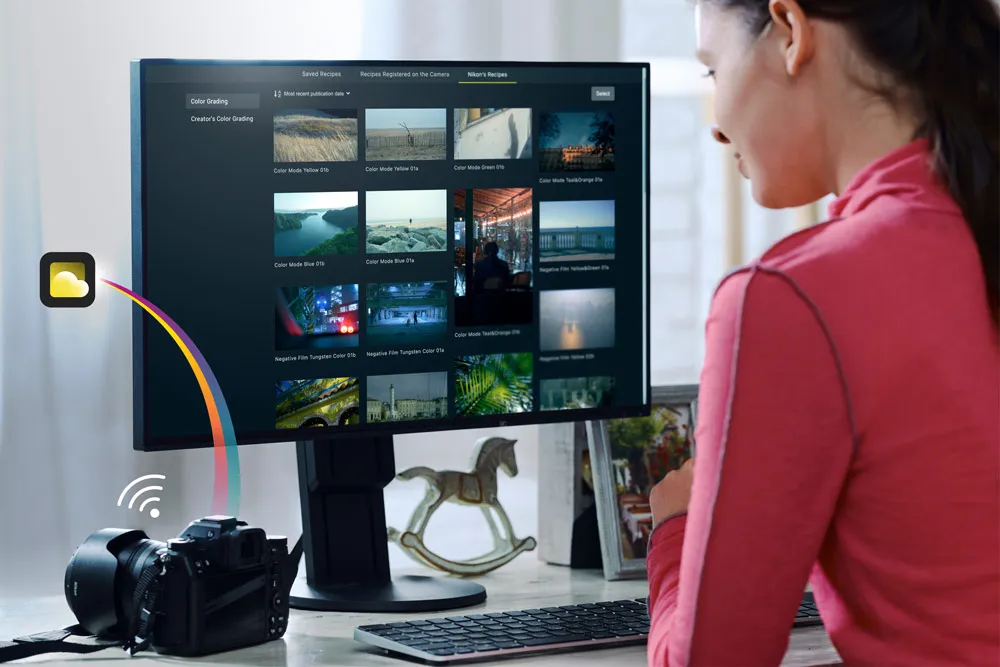
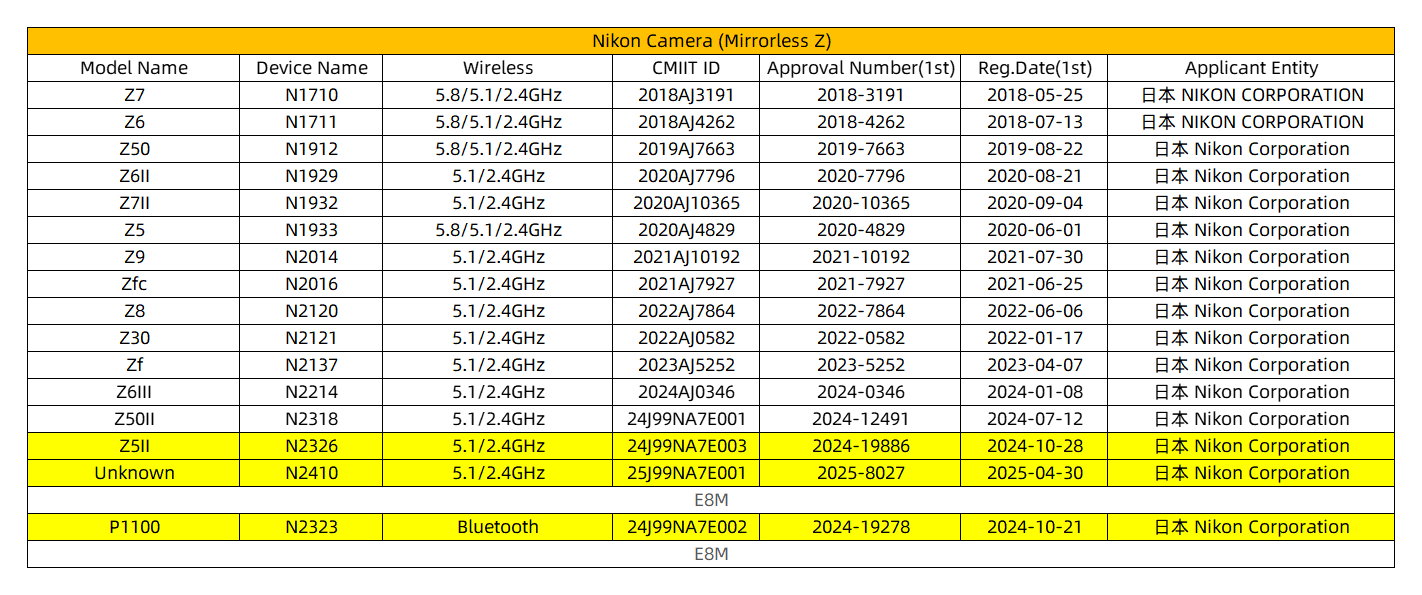





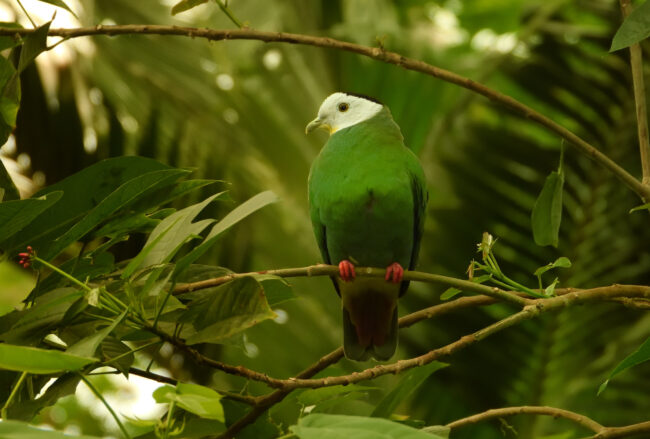







































![Should Andor have killed [redacted]? Let’s discuss](https://platform.polygon.com/wp-content/uploads/sites/2/2025/04/PGM2-FF-002299.jpg?quality=90&strip=all&crop=10.506770833333%2C0%2C78.986458333333%2C100&w=1200)







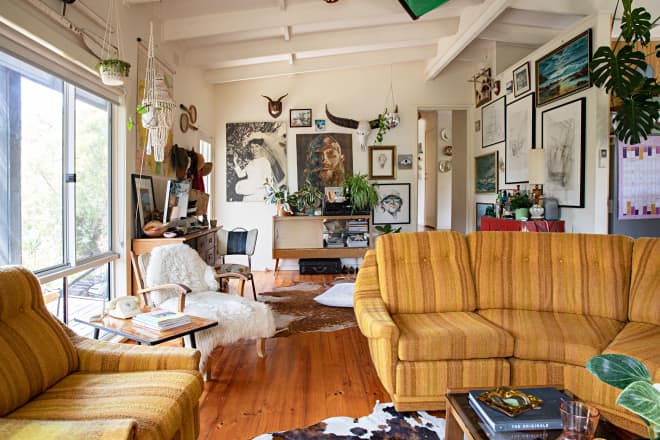

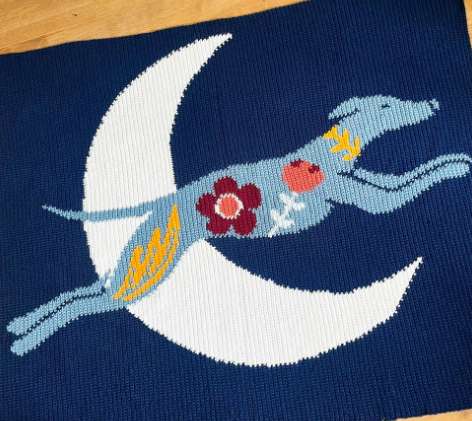
















































































.jpg)



